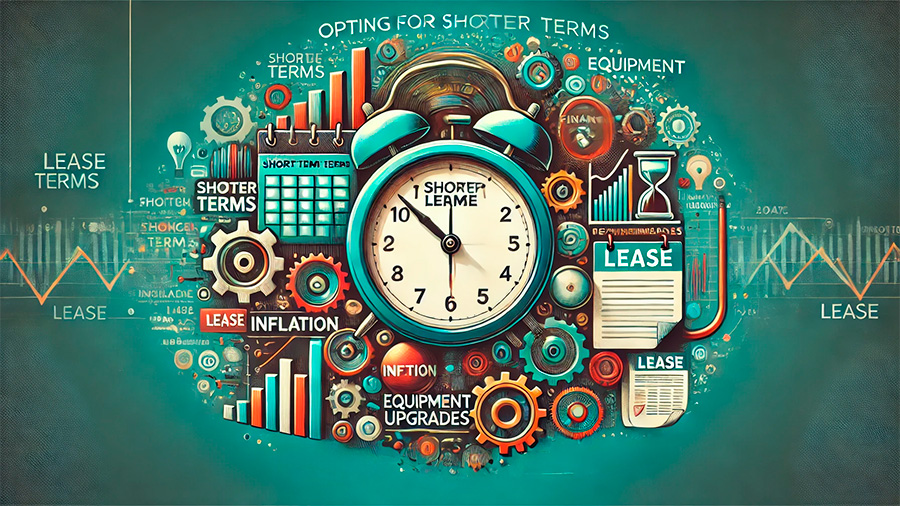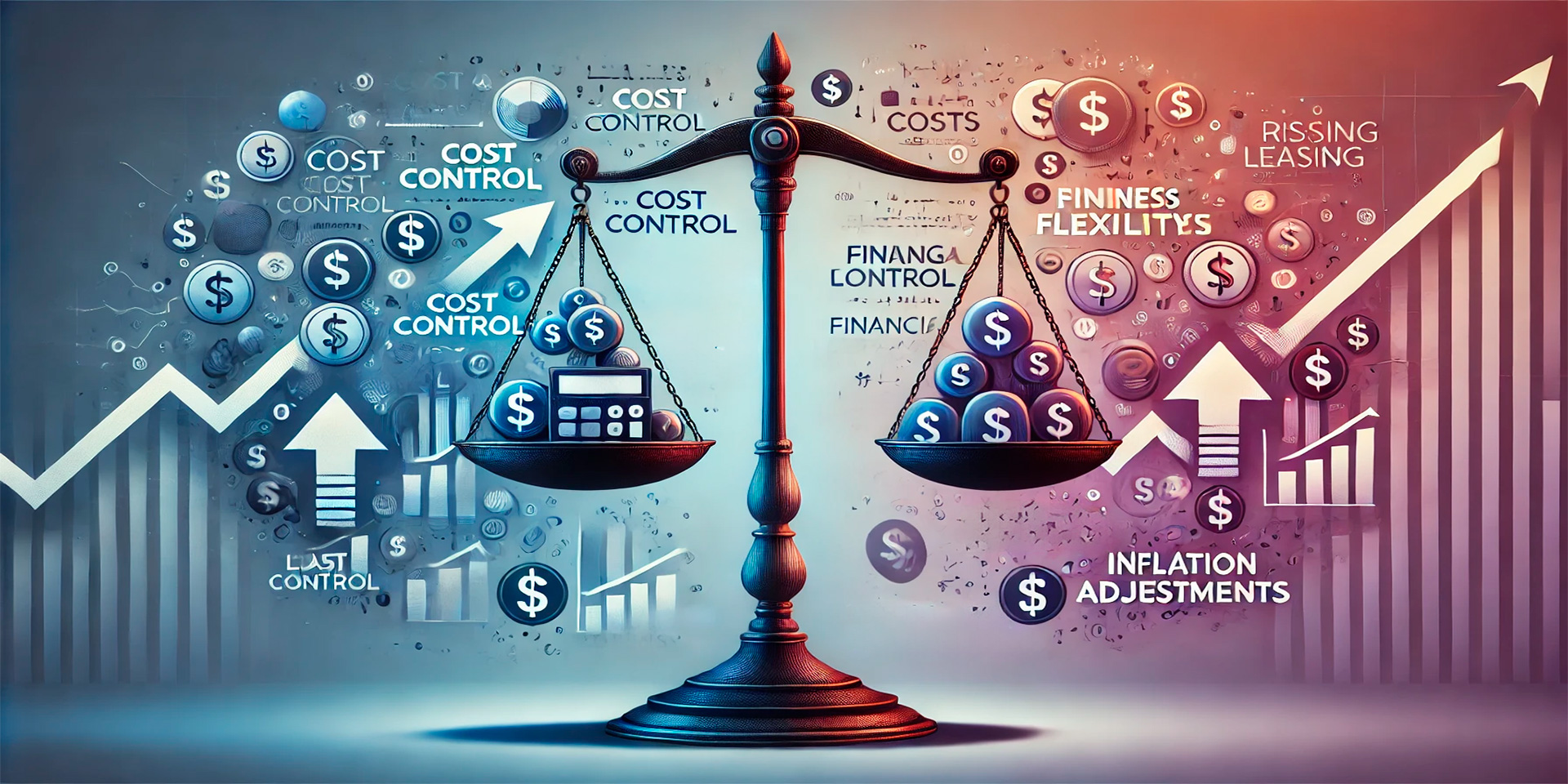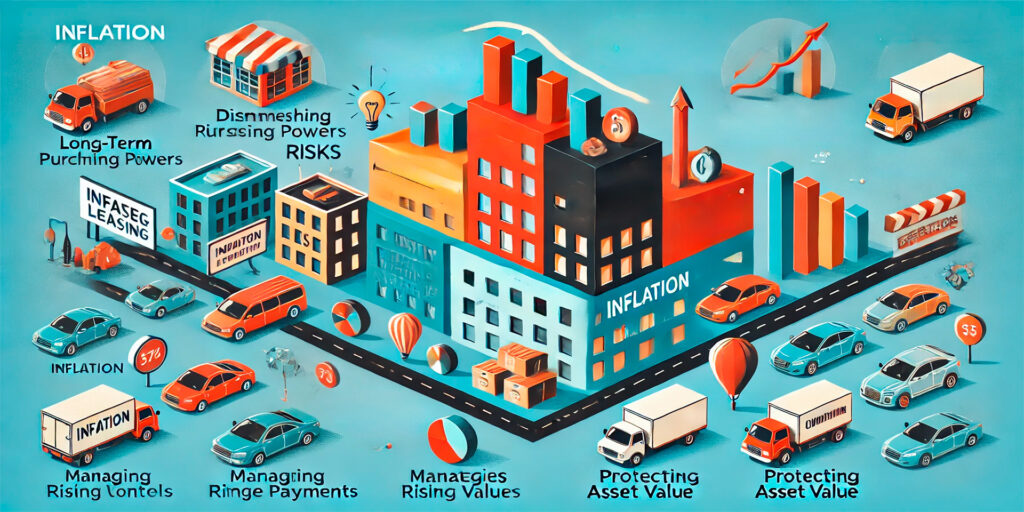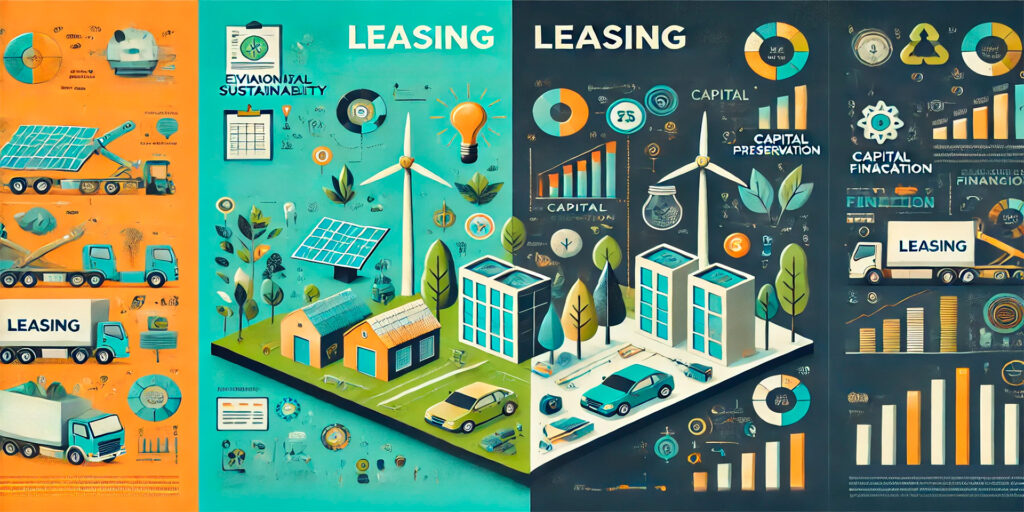In an inflationary economy, businesses often face rising costs across all aspects of their operations. Leasing, which is traditionally seen as a cost-effective way to acquire assets, can also become more expensive as inflation drives up payments, operating expenses, and associated costs. Managing leasing agreements during periods of inflation requires businesses to adopt strategies that help control costs and maintain financial flexibility.
This article explores key strategies that businesses can use to manage leasing costs in an inflationary economy, ensuring they can continue to access the resources they need without sacrificing profitability.
Negotiate Inflation Caps on Lease Payments
One of the most direct ways inflation affects leasing agreements is through periodic rent escalations or payment increases tied to the Consumer Price Index (CPI). To protect against the risk of escalating lease payments, businesses can negotiate inflation caps in their lease agreements. These caps limit the amount by which payments can increase over the lease term, providing businesses with more predictable expenses.
For example, a company leasing office space may negotiate a cap that limits annual rent increases to a fixed percentage, regardless of how much inflation rises. This ensures that the business does not face excessive cost hikes that could strain its budget. Including these caps during the negotiation phase of the lease agreement can help businesses maintain control over their leasing costs as inflationary pressures rise.

Opt for Shorter Lease Terms with Flexibility
Another strategy to manage leasing costs during inflation is opting for shorter lease terms. Long-term leases can lock businesses into payments that become unsustainable if inflation rises sharply. By choosing shorter lease terms, businesses maintain the flexibility to renegotiate more favorable terms as inflation fluctuates, allowing them to adapt to changing economic conditions.
Shorter lease terms also give businesses the opportunity to reassess their asset needs. For example, a company leasing equipment for a three-year term can renegotiate or upgrade to newer, more efficient equipment at the end of the lease, ensuring they are not paying for outdated technology. This approach helps businesses stay financially agile, which is particularly important during inflationary periods when market conditions may shift rapidly.
Consider Fixed-Rate Lease Agreements
Fixed-rate lease agreements can provide a level of protection against inflation by locking in consistent payments over the lease term. Unlike leases that are tied to inflation or the CPI, fixed-rate leases offer stability and predictability, allowing businesses to plan their budgets with confidence. This can be especially beneficial for businesses with tight cash flow or those operating in industries where margins are sensitive to rising costs.
While fixed-rate leases may come with slightly higher payments at the outset, they can save businesses money in the long run by insulating them from inflation-driven cost increases. When negotiating a lease, businesses should weigh the potential long-term benefits of fixed-rate agreements against the risks of inflation and determine which option offers the best financial stability.

Monitor and Manage Operating Expenses
In addition to lease payments, inflation can drive up the cost of maintaining and operating leased assets. Rising fuel prices, higher utility bills, and increased repair costs can all add to the overall expense of leasing. To manage these costs, businesses need to monitor and control their operating expenses carefully.
For example, a company leasing a fleet of vehicles can take proactive steps to reduce fuel consumption and maintenance costs, such as implementing more efficient driving routes or adopting preventive maintenance practices. Similarly, businesses that lease office or retail spaces can invest in energy-efficient lighting, heating, and cooling systems to lower their utility bills. By managing these indirect costs, businesses can mitigate the impact of inflation on their overall leasing expenses.
Explore Equipment Upgrades and Trade-In Options
Leasing provides businesses with the option to upgrade or trade in equipment at the end of the lease term. This can be especially beneficial during inflation, as newer equipment often offers improved efficiency and lower operating costs. By upgrading to more advanced or energy-efficient technology, businesses can offset some of the financial strain caused by rising lease payments or inflation-driven operating costs.
For example, a manufacturer leasing production equipment may find that upgrading to more modern machinery reduces energy consumption, minimizes downtime, and lowers repair costs. These efficiency gains can help the business save money in other areas, balancing out the inflationary pressures on lease payments. When entering into new leasing agreements, businesses should explore whether the lessor offers flexible upgrade options that align with their operational needs.
Renegotiate Lease Terms Before Renewal
As inflation increases, businesses may find themselves locked into lease terms that no longer reflect current market conditions. Before renewing a lease, it’s important to renegotiate the terms to ensure they remain favorable. This could involve adjusting payment structures, adding inflation protection clauses, or securing more flexible terms for future upgrades.
Renegotiating lease terms also gives businesses the opportunity to explore whether they can secure more favorable deals with other lessors. By comparing options and leveraging market conditions, businesses can find leases that offer better cost control, protecting them from inflationary risks.
Conclusion
Managing leasing costs in an inflationary economy requires businesses to take proactive steps to control both direct payments and related operating expenses. By negotiating inflation caps, opting for shorter or fixed-rate leases, upgrading equipment, and managing operational costs, businesses can mitigate the financial impact of inflation on their leasing agreements. These strategies help businesses maintain financial stability and continue to leverage leasing as a valuable tool for growth, even during periods of economic uncertainty.



